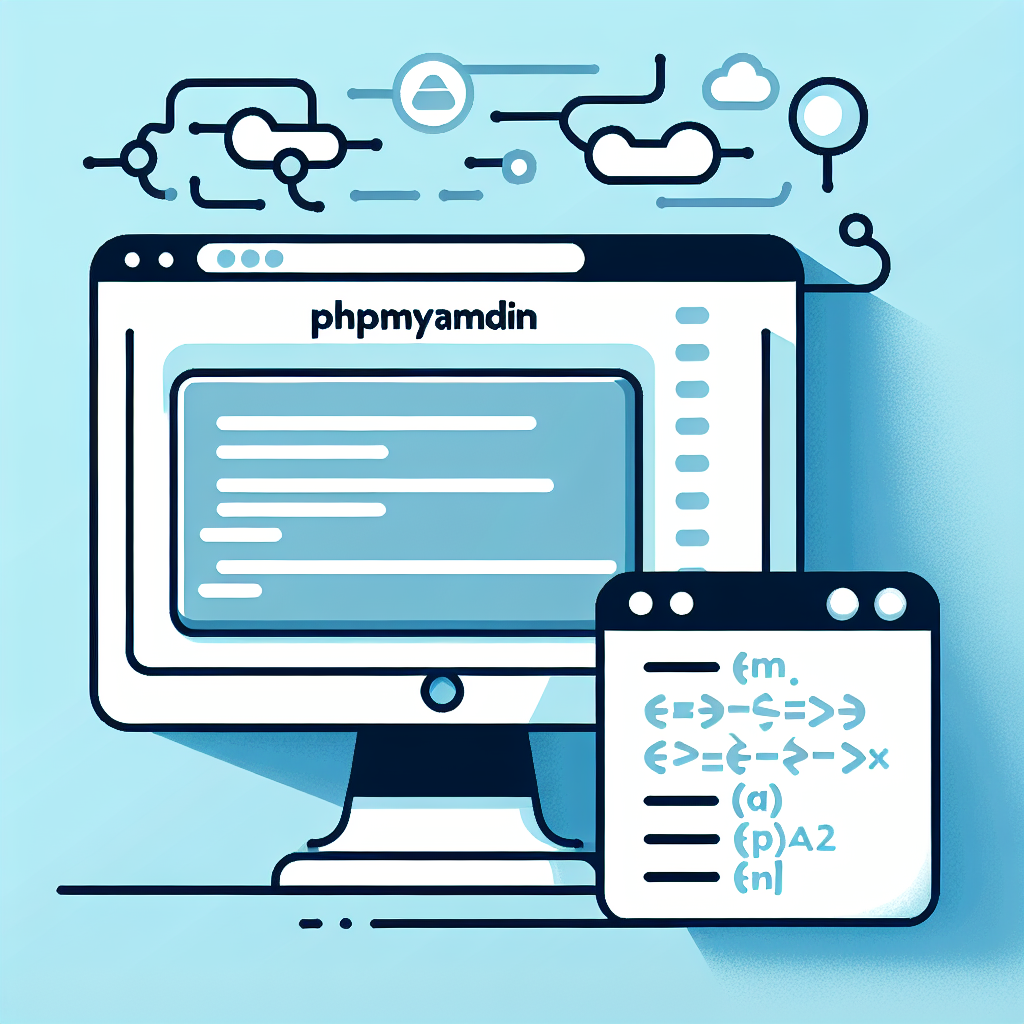Introduction
phpMyAdmin is a popular web-based graphical interface for managing MySQL databases. It provides an easy-to-use platform to create, edit, and delete databases, tables, and queries. In this article, we will guide you through the process of installing phpMyAdmin on your server.
Step 1: Update System Packages
Before installing phpMyAdmin, it is recommended to update the system packages on your server to ensure you have the latest versions. Open the terminal and run the following command:
sudo apt updateStep 2: Install phpMyAdmin
To install phpMyAdmin, you can use the package manager for your specific Linux distribution. For example, on Ubuntu, you can run the following command:
sudo apt install phpmyadminDuring the installation process, you will be prompted to choose a web server (such as Apache or Nginx) and configure the necessary settings. Make sure to select the appropriate options for your server.
Step 3: Configure phpMyAdmin
After the installation is complete, you need to configure phpMyAdmin to work with your web server. On Ubuntu, this can be done automatically by running the following command:
sudo dpkg-reconfigure phpmyadminFollow the on-screen prompts to set up phpMyAdmin. You will be asked to provide the MySQL administrator’s username and password, as well as choose the web server to be used for phpMyAdmin.
Step 4: Access phpMyAdmin
Once the configuration is complete, you can access phpMyAdmin by entering the following URL in your web browser:
http://localhost/phpmyadminIf you installed phpMyAdmin on a remote server, replace ‘localhost’ with the IP address or domain name of the server.
Conclusion
By following these simple steps, you can easily install and configure phpMyAdmin on your server. This powerful tool will help you manage your MySQL databases efficiently and save you time and effort in database administration.
